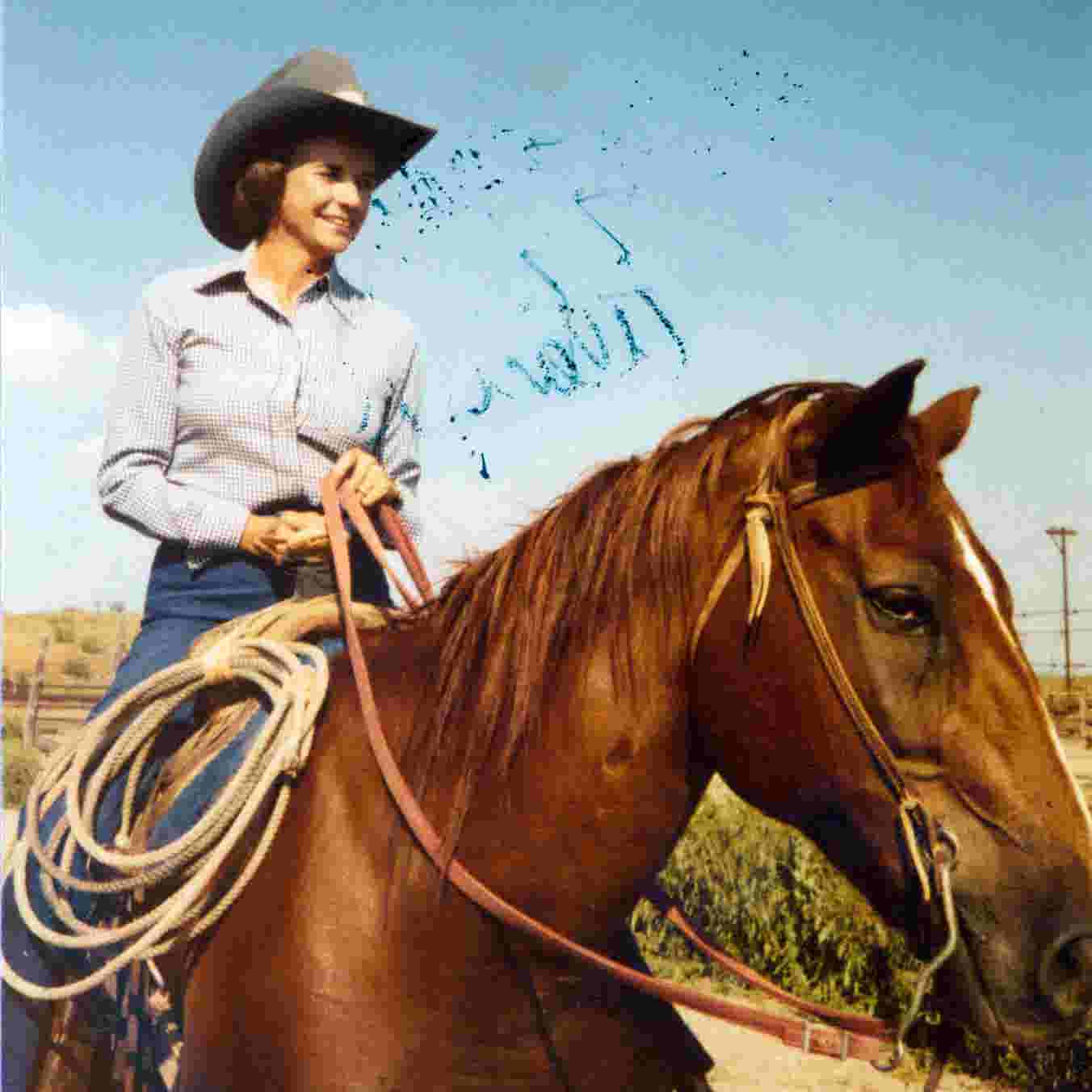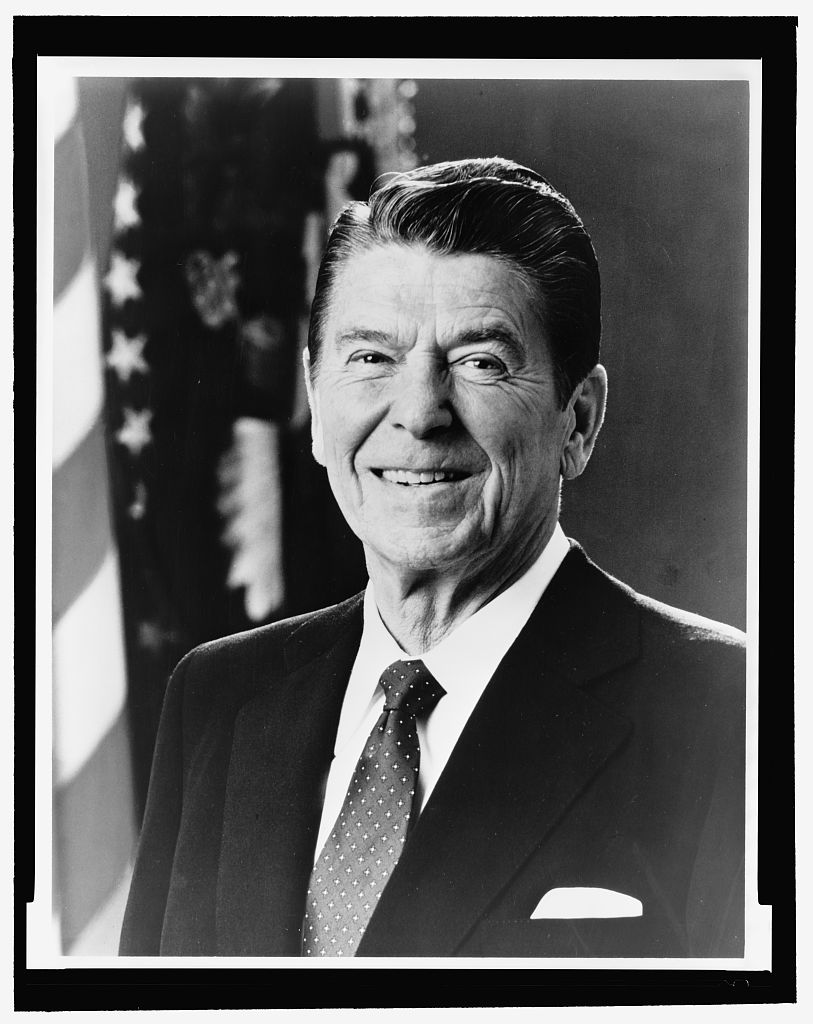Historical Context

Day, Alan and others. Sandra Day O’Connor and the Lazy B Ranch. https://www.azcentral.com/story/news/local/phoenix/2019/03/15/lazy-b-ranch-sandra-day-oconnor-arizona-el-paso/2232608002/, Accessed 26 January 2020.
Sandra Day O’Connor was born in El Paso, Texas, on March 30, 1930. She spent her childhood at Lazy B, the family's Arizona ranch. From a young age, she displayed intelligence, but with limited schooling options, she was sent to live with her grandma in El Paso where she pursued her desired path.
The second wave feminist movement impacted Sandra Day O’Connor’s decision to serve on the Supreme Court. Based in the United States during the 1960s and 1970s, it sought personal freedoms and equal rights, dramatically changing womens' lives. Among these women was O’Connor. These acts to further womens’ standing in society sparked O’Connor to do the same.
Roe v. Wade was a landmark case in 1972 where the Supreme Court of the United States ruled that a woman’s right to an abortion is Constitutionally protected. O'Connor's nomination was met with outrage among some because she supported the ruling, but was nominated by a Republican.
Title IX of the 1972 Educational Amendments “protects people from discrimination based on sex in education programs or activities that receive Federal financial assistance”, forcing universities, schools, and workplaces to hire and accept more women. O'Connor felt passionate about this because even though she graduated third in her Stanford Law School Class of 1952, she could only find work as a legal secretary for minimal pay.
When Ronald Reagan was elected, he promised to “clean house”, minimizing the government size after Watergate, and nominating the first woman to the Supreme Court. Prior to O'Connor, no woman had served on the Supreme Court.
Justice O’Connor paved the way for future female justices, including Sonia Sotomayor, Ruth Bader Ginsburg, and Elena Kagan, as well as countless others in the lower courts. Her efforts helped bring sexual harassment and gender based discrimination into the national spotlight, most notably with the #MeToo and Time’s Up movements. O’Connor also founded organizations like iCivics and the O’Connor Institute, both of which aim:
“to create a nation where important policy decisions affecting our future are made through a process of critical analysis of facts and informed participation of all citizens.”

Ronald Reagan, Head-and-Shoulders Portrait, Facing Front, 1981. Library of Congress Prints and Photographs Division Washington, D.C., Accessed 24 January 2020.
President Ronald Reagan Nominates Sandra Day O’Connor to United States Supreme Court, Sandra Day O’Connor Nomination Speech, August 19, 1981, YouTube, youtu.be/xmY6EvDnVsg?t=106. Accessed 23 January 2020.